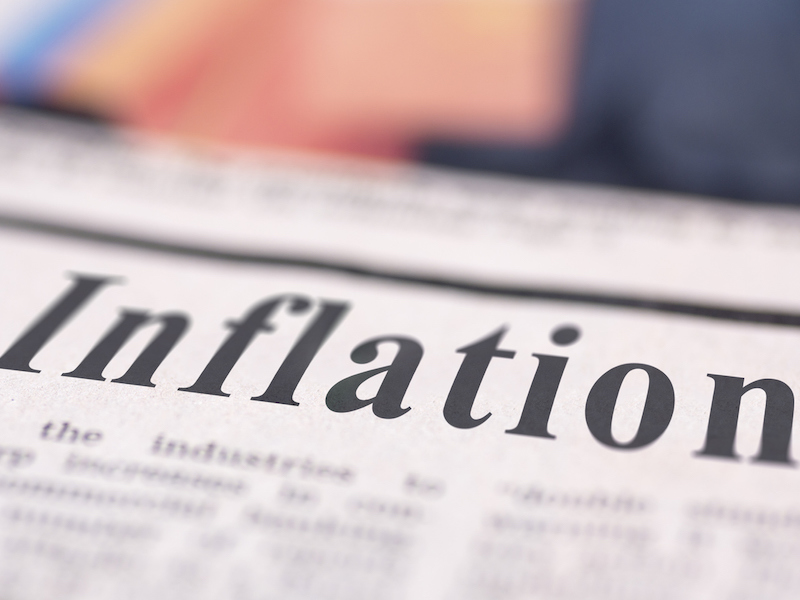
It goes without saying that economists, central bankers and investors are intensely focused on the trajectory of inflation and its implications for monetary policy — that task is complicated by the fact that the traditional indicators become less accurate, and less predictive, amid heightened uncertainty.
In a new bulletin, researchers at the Bank for International Settlements (BIS) examine current conditions and make several findings that highlight the challenge for policymakers.
On the issue of measuring inflation, they find that, in a low-inflation environment, core inflation metrics (excluding food and energy) provide more accurate signals of future inflation.
But the opposite is true in high-inflation conditions — then, headline inflation readings are more useful, as price increases become evident across many sectors and feed into wage increases that can, in turn, stoke further price rises, the BIS said.
Other indicators — such as industry and consumer surveys, economist surveys and economic modelling — can also be used to predict the future path of inflation, but their relevance depends on whether the economy is in a low-inflation or high-inflation condition. Those indicators “become particularly unreliable during transitions between regimes,” the researchers found.
“It is during a potential transition from a low- to a high-inflation regime that authorities face the toughest challenge in interpreting inflation indicators,” the paper said. “Models tend to predict poorly during transitions because the economic relationships on which their forecasts are based are changing.”
Looking at current indicators that may help decode whether a transition is taking place or not — such as inflation expectation measures, price correlations and spillovers, and signs of feedback from prices to wages and back — researchers say there are “mixed signals” about whether a shift to a high-inflation regime is underway.
“Measures of long-run inflation expectations show few signs of dramatic changes in price and wage formation down the road,” the paper said.
Yet other indicators show increases in inflation correlations and spillovers, but those “are still far from previous high-inflation readings.”
And, while wage growth has accelerated in countries such as the U.S. and Germany, that’s not the case in Canada and Japan, the paper noted, adding that links between wages and prices don’t appear much different that pre-pandemic readings.
“That said, as wage negotiations are typically staggered, demands for persistent increases to compensate for past purchasing power losses may appear with a considerable lag. By the time they become evident, the transition may be well under way,” it said.
So, while the future path for prices may be uncertain, policymakers will likely err on the side of caution.
“Faced with a possible transition to a high-inflation regime, central banks have little choice but to act forcefully,” the paper concluded.